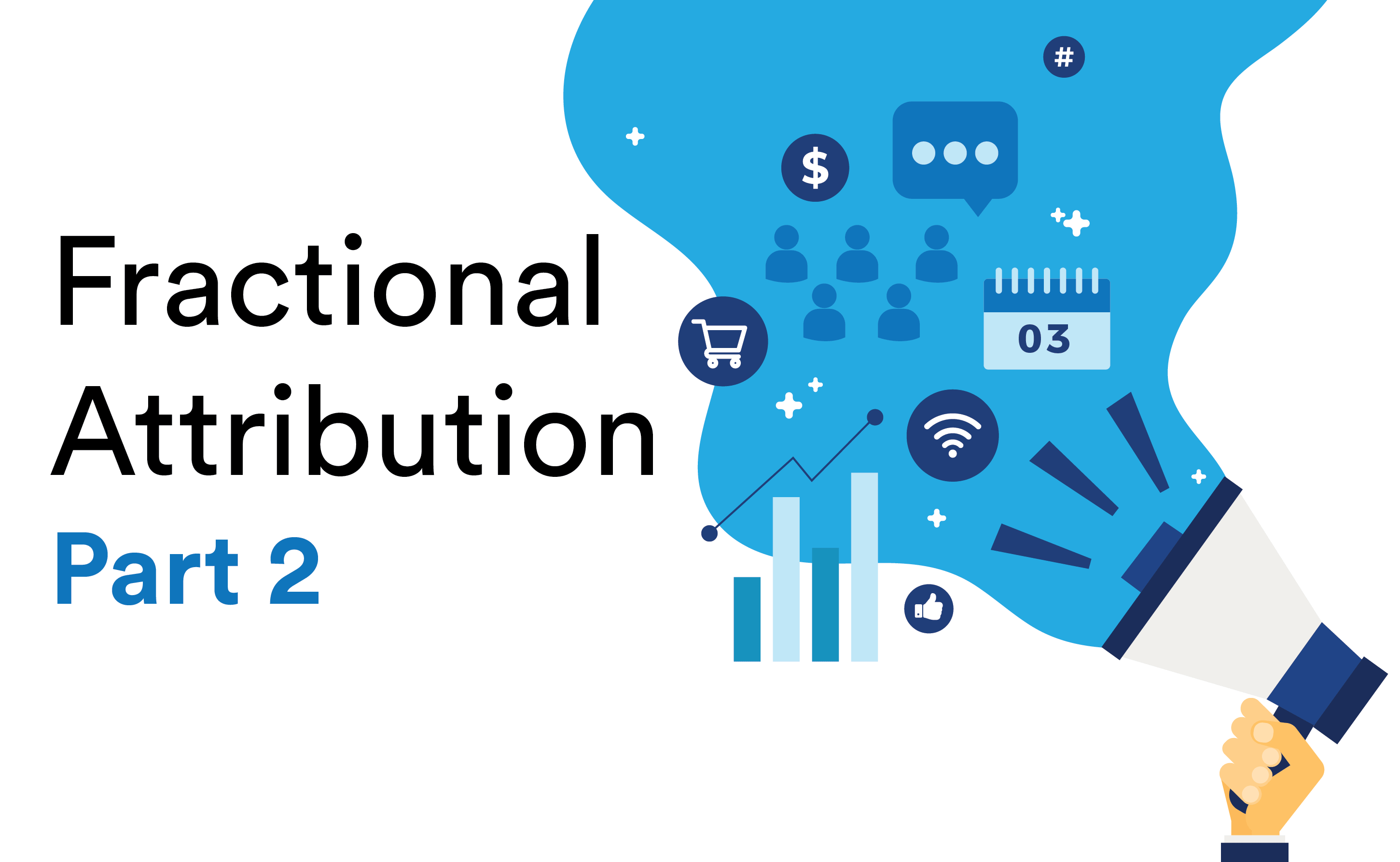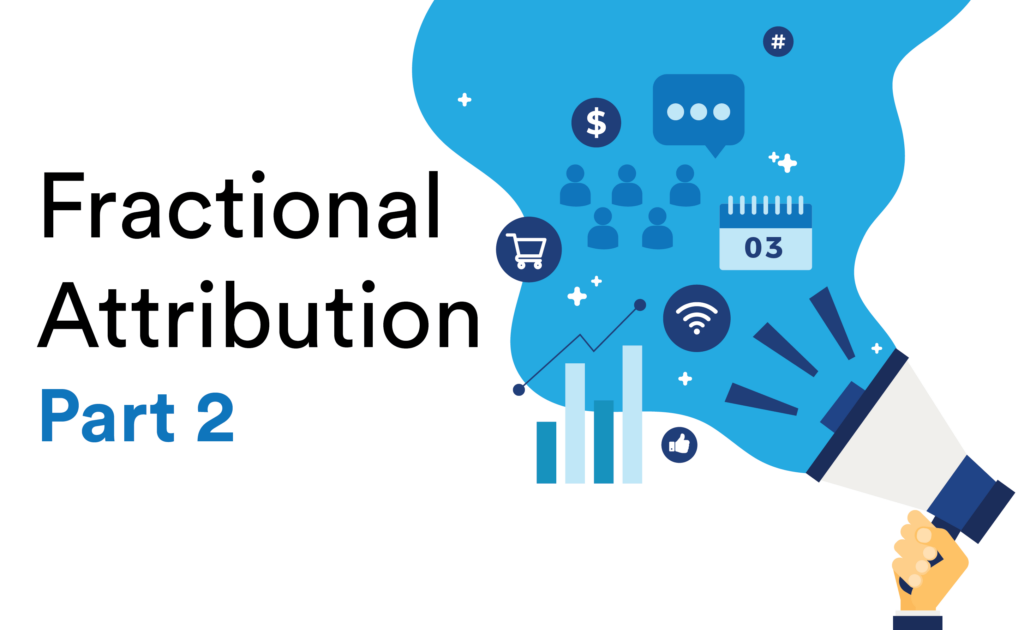In the last blog, we have discussed the various attribution models available in most of the sophisticated analytics tools and we now know that considering the position and the frequency of occurrence of channels can be instrumental in designing an optimal attribution model.
While there are many approaches to design this attribution model that leverages historical data for attributing conversion to channels, I have found the following two approaches to be the most efficient –
- Fractional Attribution Using Shapley Value
- Multi-touch Attribution Using Markov Chain
In this article, we will be discussing the Fractional Attribution Using Shapley Value in detail.
Fractional Attribution Using Shapley Value
As the name suggests the Fractional Attribution model uses the Game Theory principle – Shapley Value for attributing conversions to channels.
To understand the model in more detail, let us consider some more examples of channel sequences. For ease of understanding, we are only considering the total number of conversions from each channel. Later, we will extend the analysis to include the drop-offs from each channel sequence as well.
Here, the second column represents the sequence of the channels while the third column represents the total number of conversions from that sequence.
If we analyze the given data now using the Shapley Value principle, For case 1, all the 100 conversions will be attributed to Google Search Ads and 0 to Facebook Ads. Similarly, for case 2, all the 80 conversions will be attributed to Facebook Ads and 0 to Google Search Ads.
Now let us consider case 3, for this case, Google Search Ads is the first channel that the user interacts with and Facebook Ads is the second channel and there are 160 conversions for this channel sequence. Shapley Value will remember that Google Search Ads was able to bring 100 conversions on its own (from case 1) consequently, 100 conversions will be attributed to Google Search Ads and the remaining 60 conversions to Facebook Ads. A similar approach will be followed for case 4 as well and for this case, 80 conversions will be attributed to Facebook Ads and 70 to Google Search Ads out of the total 150 conversions.
From the table, we can see that for Case 3 and Case 4, even though we have the same channels appearing in the sequence and the total number of conversion are also the same. The conversions attributed to each channel is different for the two cases. Moreover, the attribution leverages data from Case 1 and Case 2 for assigning conversions in Case 3 and Case 4.
Creating A More Sophisticated Fractional Attribution Model
In the above example, we have only considered the conversions from each channel sequence, a more sophisticated model would also consider the number of drop-offs (non-conversions) from each channel sequence.
Let us try looking at the same example by considering the drop-offs from each channel as well.
With this data, we will be able to calculate the efficiency or the probability of conversion for each channel sequence.
We may now again use the Shapley Value model and calculate the relative efficiency of each channel in the channel sequence –
Normalize the marginal efficiencies from multiple channels to calculate the fractional attribution to each channel in the channel sequence
From the table above, we now have the Fractional Conversion Attribution for Google Search Ads and Facebook Ads should they appear in a channel sequence.
Let us now see how we can use these attribution values for assigning conversions to channels. Assume that from the latest data in our analytics tool, we have observed 500 conversions from channel sequence – ‘Google Search Ads > Facebook Ads’ and 300 conversions from the channel sequence ‘Facebook Ads > Google Search Ads’. The following table shows how conversions will be attributed to the two channels –
Please note that we may also use the revenue from each channel sequence for calculating the ROI from each channel/campaign.
There are some tools/packages already available in the market that works on the Shapley Value principle for attributing conversions to channels, some of these tools are listed below –
- Data Driven Attribution Model in Google Analytics 360
- The Fractribution R Package By Google
- Media Spends Attribution By Tatvic
Concluding Thoughts
We have seen how the Fractional Attribution Model can help us in assigning conversions to multiple channels and multiple campaigns. Concludingly, I would like to highlight the key features of the Fractional Attribution Model –
- Fractional Attribution Model uses data for assigning conversions to channels, it is not a rule-driven model
- It considers the frequency of occurrence as well as the position of occurrence of various channels
- It is based on a Game Theory Principle – ‘Shapley Value’ and is not a machine learning model
- There are attribution tools/packages in the market that works on the Fractional Attribution Model
With these thoughts, I would like to conclude this article. In an upcoming article, we will be discussing the Markov Model in detail.
References
- https://github.com/dan-booth/teach/blob/master/surf_talk_201903_attribution/digital_marketing_attribution_modelling_in_r.pdf
- https://support.google.com/analytics/answer/3264076?hl=en
- https://www.tatvic.com/blog/data-driven-attribution-modelling/
- https://support.google.com/analytics/answer/1662518?hl=en
- https://towardsdatascience.com/one-feature-attribution-method-to-supposedly-rule-them-all-shapley-values-f3e04534983d










